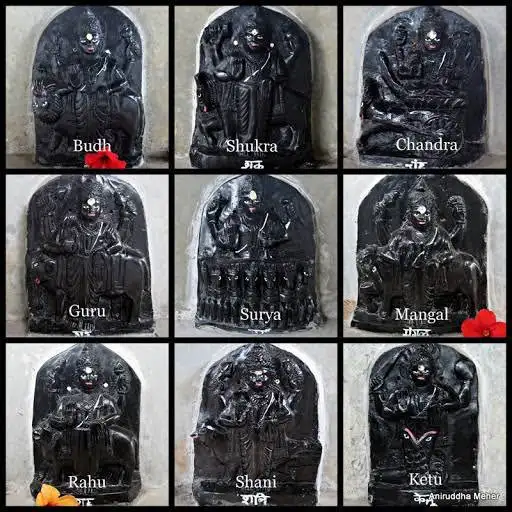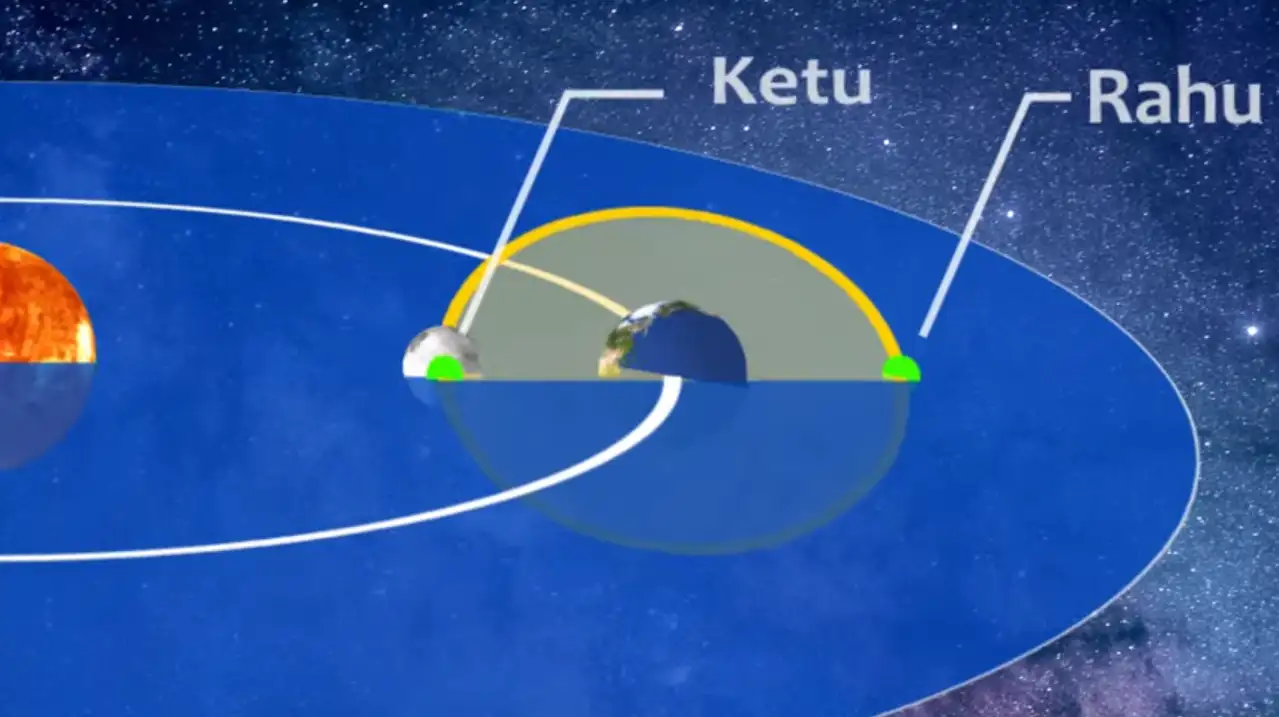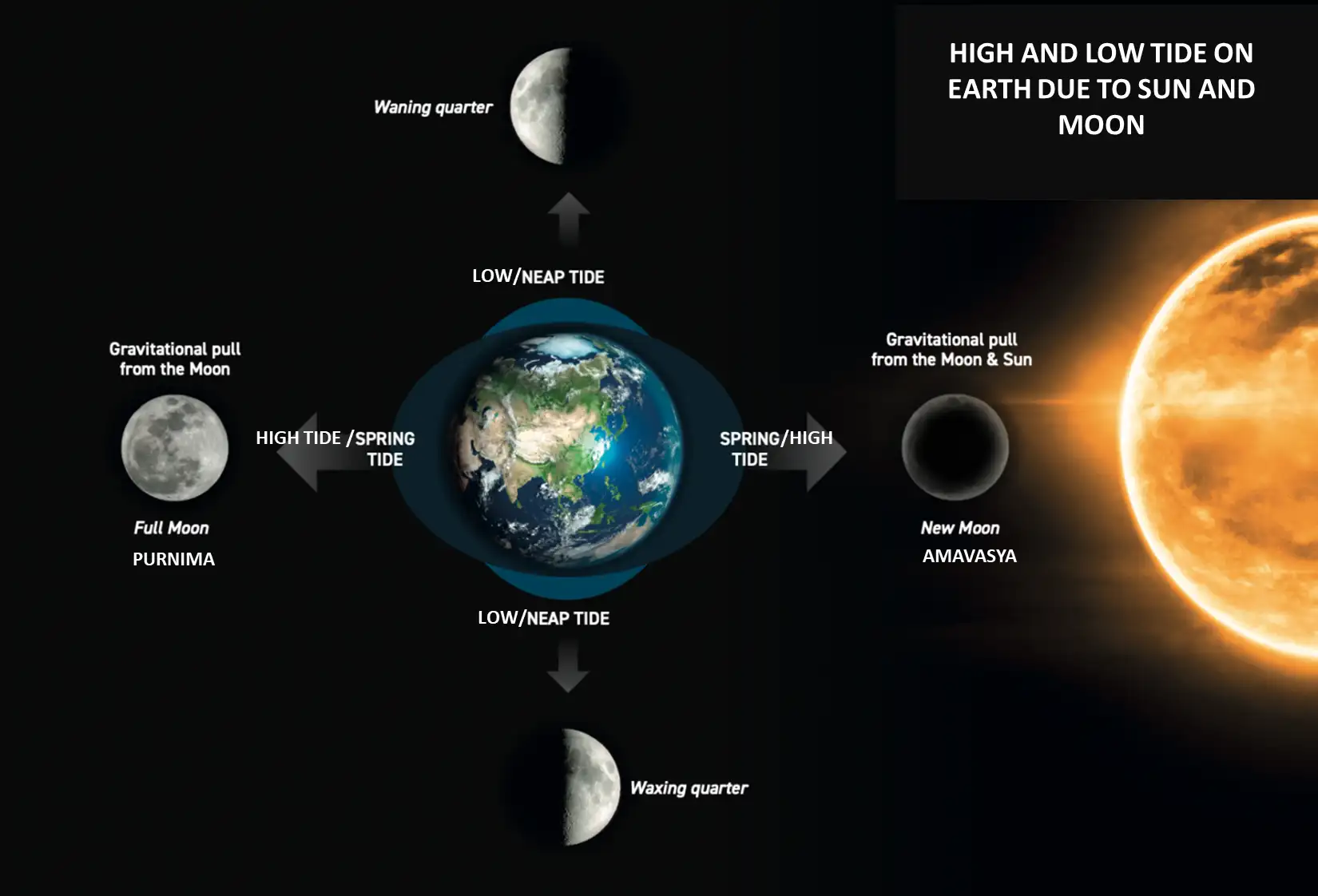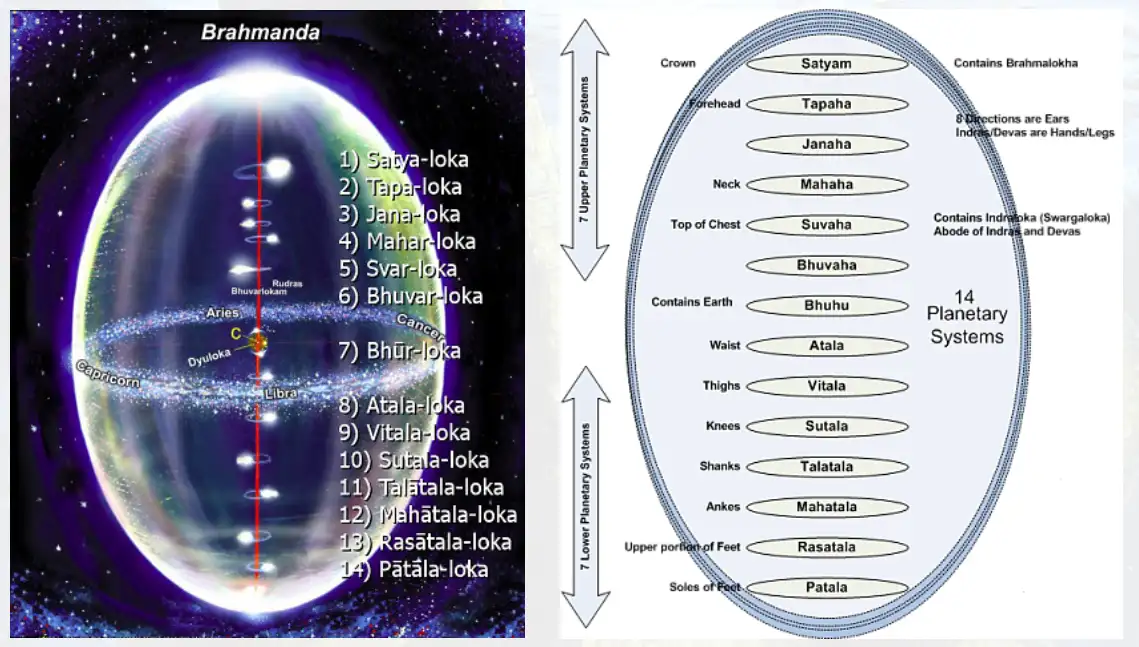Overview
This section explores the profound connection between the celestial bodies and their influences, as understood through Vedic astrology and modern science. By integrating these perspectives, we delve into the unique attributes of the nine planets (Navagrahas) and their roles in shaping life and consciousness on Earth.
Vedic and Modern Perspectives on Planetary Influence
Vedic Perspective:
In Vedic astrology, the Navagrahas are not merely celestial objects but divine entities that govern different aspects of life. They symbolize cosmic energies that influence the mind, body, and spirit. Each planet is associated with specific qualities, mantras, gemstones, and deities.
Modern Scientific Perspective:
Astronomically, planets are physical entities within our solar system, each with unique characteristics such as size, distance from the Sun, and composition. While modern science views planets in terms of their physical properties and interactions, it acknowledges their gravitational effects on Earth, including tides, seasons, and axial stability.
The Nine Planets (Navagrahas) and Their Astrological Significance

Sun (Surya):
- Role: Represents the soul, vitality, and leadership.
- Astronomical Data: Diameter: 1.39 million km; Distance from Earth: ~149.6 million km.
- Unique Trait: The Sun’s gravity holds the solar system together.
Moon (Chandra):
- Role: Governs emotions, mind, and intuition.
- Astronomical Data: Diameter: 3,474 km; Distance from Earth: ~384,400 km.
- Unique Trait: Controls Earth’s tides through gravitational pull.
Mars (Mangal):
- Role: Symbolizes courage, energy, and ambition.
- Astronomical Data: Diameter: 6,779 km; Distance from Earth: 54.6 million km (closest).
- Unique Trait: Known as the “Red Planet” due to its iron oxide-rich surface.
Mercury (Budh):
- Role: Represents intellect, communication, and commerce.
- Astronomical Data: Diameter: 4,880 km; Distance from Earth: ~77 million km (average).
- Unique Trait: The smallest and fastest planet in the solar system.
Jupiter (Guru):
- Role: Governs wisdom, expansion, and spirituality.
- Astronomical Data: Diameter: 139,820 km; Distance from Earth: ~588 million km (average).
- Unique Trait: Has a strong magnetic field and at least 95 moons.
Venus (Shukra):
- Role:Associated with beauty, love, and material comforts.
- Astronomical Data: Diameter: 12,104 km; Distance from Earth: ~41 million km (closest).
- Unique Trait: Known as Earth’s twin due to its similar size and composition.
Saturn (Shani):
- Role:Represents discipline, karma, and perseverance.
- Astronomical Data: Diameter: 116,460 km; Distance from Earth: ~1.2 billion km (average).
- Unique Trait: Famous for its intricate ring system.
Rahu (North Node):

- Role:Symbolizes desires, illusions, and unconventional paths.
- Astronomical Data: Shadow planet with no physical presence.
- Unique Trait: Its influence is based on its position relative to the Moon and Sun.
Ketu (South Node):

- Role:Represents detachment, spirituality, and past karma.
- Astronomical Data:Shadow planet with no physical presence.
- Unique Trait: Known for its mystical and introspective effects.
Scientific vs. Spiritual Roles of Each Planet

Scientific Role: Planets’ gravitational forces influence Earth’s tides, climate, and geological activities. Their orbits and alignments are studied for understanding celestial mechanics.

Spiritual Role: In astrology, each planet’s placement in a natal chart signifies distinct energies affecting personal traits, relationships, and life events.
Gravitational Influence of Planets on Earth
- The Moon’s pull creates tidal patterns that influence marine ecosystems.
- Jupiter’s gravity acts as a shield, protecting Earth from frequent asteroid impacts.
- The Sun’s gravitational force ensures the stability of Earth’s orbit, enabling life to thrive.
Mythological tales of planets and their corresponding scientific and astronomical characteristics

The 14 planetary systems

Sun (Surya):
- Mythological Tale: The Sun is depicted as riding a chariot drawn by seven horses, representing the seven colors of light or the seven days of the week. It is a boon from Brahma, symbolizing life and vitality.
- Astronomical Match:The Sun is a G-type main-sequence star, producing energy through nuclear fusion in its core, emitting light and heat. The "seven horses" can be linked to the Sun's spectrum splitting into seven colors (VIBGYOR) when refracted, aligning with its mythological depiction.
Moon (Chandra)
- Mythological Tale:The Moon’s waxing and waning result from a curse by Daksha for neglecting his duties.
- Astronomical Match:The Moon's phases are caused by its orbital motion around Earth, as sunlight reflects differently depending on its position. The tale metaphorically reflects the cycle of growth and decline, akin to its phases (waxing and waning).
Mars(Mangal)
- Mythological Tale: Mars is born from the sweat of Lord Shiva during a cosmic battle, symbolizing strength, war, and valor.
- Astronomical Match:Mars, often called the "Red Planet," appears red due to iron oxide (rust) on its surface. Its geological features, including the largest volcano (Olympus Mons), symbolize a planet shaped by intense forces, aligning with its association with strength and battles.
Mercury (Budh)
- Mythological Tale:Mercury, the child of the Moon and Tara, represents intellect, eloquence, and adaptability.
- Astronomical Match:Mercury, the smallest planet in the solar system, is the fastest to orbit the Sun due to its proximity. Its quick movement in the sky reflects adaptability and intelligence. Its high density hints at a large metallic core, symbolizing a blend of strength (metal) and communication (proximity to the Sun).
Jupiter (Guru)
- Mythological Tale:Jupiter is the teacher of gods, embodying wisdom and guidance during conflicts.
- Astronomical Match: Jupiter is the largest planet and acts as a cosmic guardian. Its massive gravitational pull protects inner planets by deflecting comets and asteroids. This aligns with the role of a teacher safeguarding others.
Venus (Shukra)
- Mythological Tale:Venus gained the Sanjeevani mantra from Lord Shiva, representing life and regeneration.
- Astronomical Match:Venus is Earth's "sister planet" due to its similar size and composition but is enshrouded in dense clouds of sulfuric acid. It reflects the paradox of beauty (brightness) and harshness (hostile environment), much like the dual nature of creation and destruction associated with the Sanjeevani mantra.
Saturn (Shani)
- Mythological Tale:Saturn’s slow movement was a blessing from Lord Shiva, symbolizing patience, karma, and justice.
- Astronomical Match:Saturn is famous for its slow orbital speed and majestic rings. Its mythological connection to karma aligns with its long orbital period (29.5 years), symbolizing life cycles and the consequences of actions over time.
Rahu and Ketu

- Mythological Tale:Rahu and Ketu were created when Swarbhanu, a demon, consumed nectar and was severed by Vishnu, representing the duality of eclipses and karmic cycles.
- Astronomical Match:Rahu and Ketu correspond to the Moon's ascending and descending nodes. These points cause solar and lunar eclipses, embodying the "swallowing" of the Sun or Moon, just as the demon caused cosmic disruption. Their karmic symbolism is reflected in the cyclical nature of eclipses.